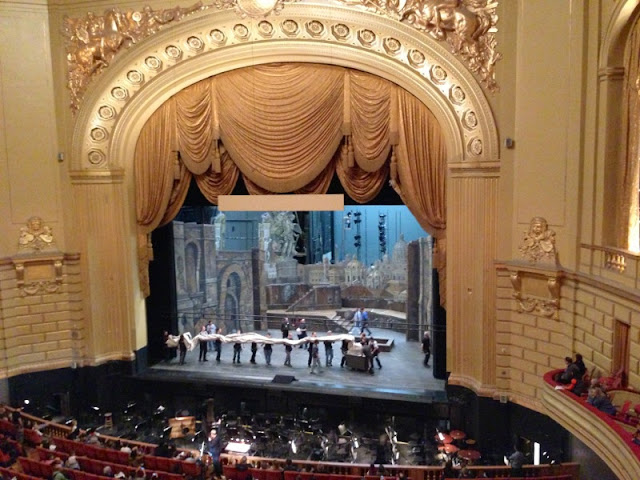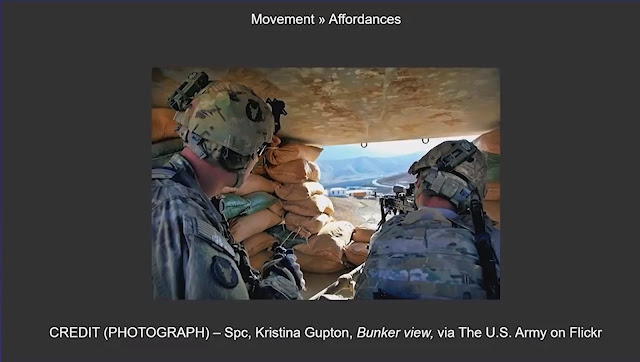Ai Video : Safeguarding children
I don’t think about AI as artificial intelligence but more as Computational Statistics (CS). I was thinking that AI or rather Machine Learning (ML) could be deployed to acquire (CS) about a players safety preferences such as the point at which they feel comfortable in proximity to other players etc.. in order for an optimal distance be placed between players for example… and in so doing automate an aspect of safeguarding in virtually real social spaces. But, the following video offers the very dark and disturbing application of CS, and the dangerous safeguarding consequences thereof in parents posting data about their children online. WARNING ; The video is impactful and has triggers relating to child protection. https://youtu.be/Yaa6-UZRMD8?si=-5oGurHicN0nmbky


